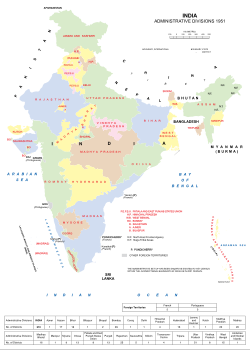| |||||||||||||||||||||||||||||||
All 48 seats to the Delhi Legislative Assembly 25 seats needed for a majority | |||||||||||||||||||||||||||||||
|---|---|---|---|---|---|---|---|---|---|---|---|---|---|---|---|---|---|---|---|---|---|---|---|---|---|---|---|---|---|---|---|
| Turnout | 58.52% | ||||||||||||||||||||||||||||||
| |||||||||||||||||||||||||||||||
| |||||||||||||||||||||||||||||||

The first Delhi Legislative Assembly election to the Delhi Legislative Assembly was held on 27 March 1952. [1] [2] Forty-eight seats were up for election. [2] Six of the constituencies elected two assembly members, the remaining 36 constituencies elected a single member. [1]


